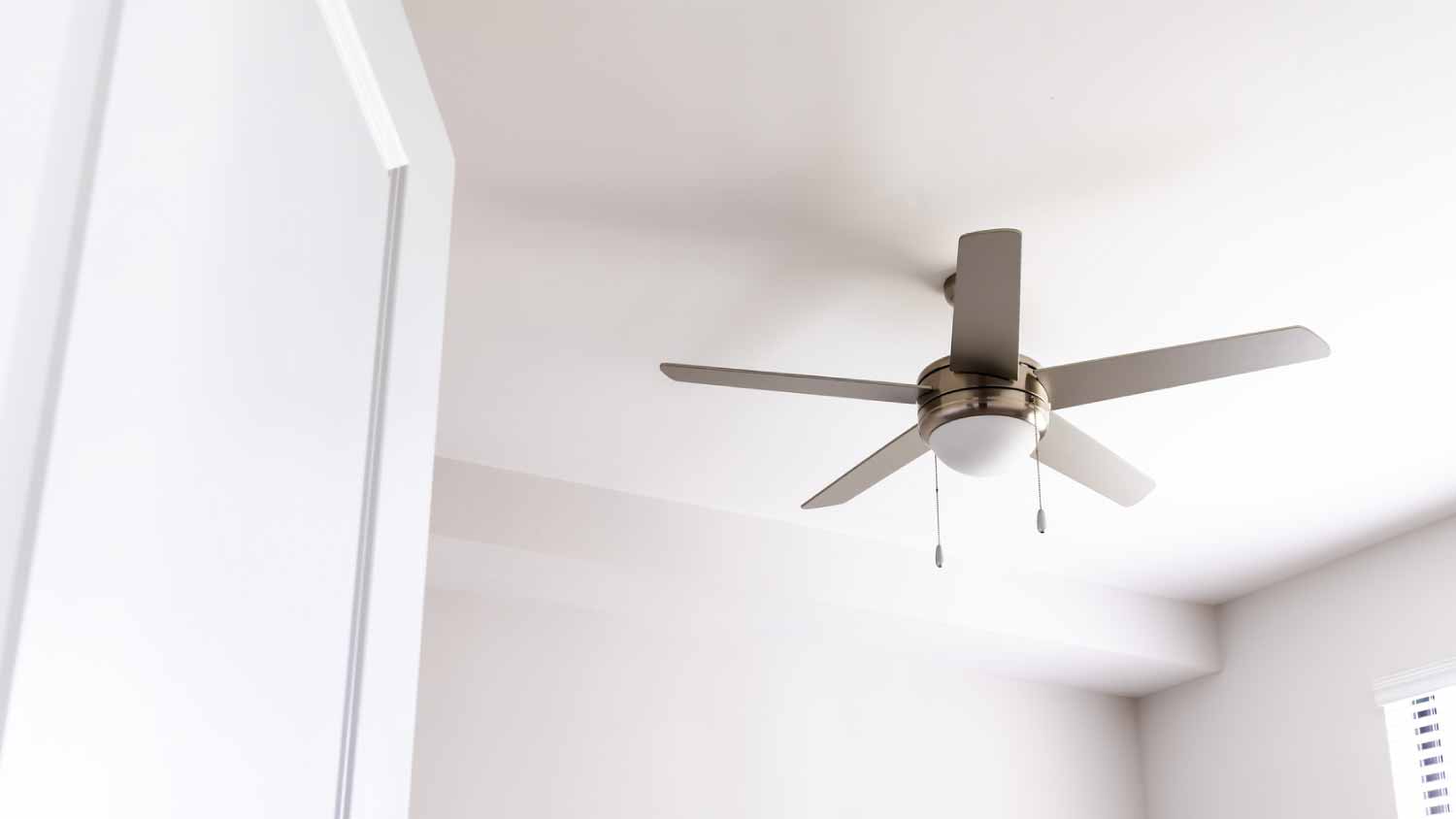Pros and Cons of Baseboard Heaters
Baseboard heaters may be easier and less pricey to install in older homes, but their safety risks and long-term energy costs may balance out the perks


There is no one-size-fits-all solution for heating a home, but baseboard heaters offer a simple solution for those looking to cut upfront costs, control the temperature of each room, and avoid installing vent work. On the other hand, they do have a bad rap for being unsightly, energy-greedy, and even unsafe to the touch.
Still stumped about whether this heating option is right for you? We’ve broken down everything you need to know about baseboard heaters.
What Are Baseboard Heaters?
Perhaps you're getting ready to upgrade an old home. Or maybe you're even buying a fixer-upper with baseboard heating already installed.
You can identify this heating system pretty quickly based on its name. Baseboard heaters sit along, well, the baseboards of your room. These long, thin heaters typically run beneath windows at the bottom of the wall by the floor.
Electric vs. Hydronic Baseboard Heaters
You'll encounter two types of baseboard heaters: electric and hydronic. Both systems have their pros and cons, but overall, the two varieties work similarly.
Electric baseboard heaters contain coils that heat up when the thermostat in each room hits a given temperature. Through convection, the heat rises from the floor toward the colder windows above it, warming your home. These work independently from a central source and do not use forced air like an HVAC system.
Hydronic baseboard heaters send heated water or oil rushing from a central system. The heated liquid stays sealed inside the heater, slowly warming your room with consistent heat.
Pros of Baseboard Heaters
Let's start with the good news. Both electric and hydronic baseboard heaters offer a solution to some tricky home heating quandaries. Here are the top reasons to consider these systems.
1. Great for Older Homes
If you've just bought a 19th-century Victorian in New England, it may have a steam radiator system loud enough to wake the neighbors. On the other hand, heating ductwork might not be in the cards for a 150-year old home. Baseboard heaters are often more realistic to install since they do not require ductwork.
2. Quiet Operation
Speaking of loud radiators, baseboard heaters don't cause the notorious hammer-on-the-pipe sound like older systems. Hydronic baseboard heaters can produce a small pinging sound, but it is nothing compared to an old radiator pipe.
3. Zoned Heating Options
Baseboards are ideal for zoned heating systems. Modern systems may include multiple thermostats, allowing you to switch the heat on and off in each room depending on where that cold draft keeps coming from.
4. Quick and Easy Cleaning
Let's start this off by mentioning that you should regularly clean your baseboard heaters to avoid bad smells and potential safety issues. However, you can use a vacuum to clear out a baseboard heater, unlike ductwork that requires a professional's help.
5. Straightforward Replacement
Baseboard heaters tend to last up to two decades before the coils start to erode. When it does come time to replace them, installing new baseboard heaters costs much less than a forced-air furnace system.
Cons of Baseboard Heaters

Now for the downsides to this popular home heating element. Overall, baseboard heaters will not win the award for low heating bills or flexible home style.
1. Safety Concerns
Baseboard heaters can be unsafe near flammable or combustible material. Fire departments recommend keeping all furniture, rugs, beds, and curtains—so most household items, to be safe—at least 12 inches away from baseboard heaters.
These installations can also be hazardous for little ones wandering about the house. Even the outside of baseboard heaters can be hot to the touch.
2. Rough on the Wallet
Don't get us wrong, new and well-maintained baseboard heaters can be efficient. Hydronic baseboards tend to stay warm longer, holding heat inside your home even after the thermostat switches off. In the long run, however, baseboard heaters are more costly and use more electricity than heat pumps and some forced-air systems.
3. Alter Your Home Layout
Since baseboard heaters require some breathing room, that side of the room is off-limits for furniture and long curtains. Over time, heaters can become unsightly, especially if the paint chips or the casing begins to rust. Keep this in mind if you're on the fence about adding them to a small space.
4. Cleaning is Key
Cleaning made it on both our pros and cons list. While you can remove dust from baseboard heaters yourself, you may have to do it more regularly than other systems. Think about how much dust lurks behind furniture. Since baseboards sit so close to the ground, they act as fur and dust magnets.
Although you may not check every box when looking for the right heating products, find a heating and cooling specialist in your area who simplifies the process. Baseboard heaters may be the answer for older homes, spacious rooms, and homeowners looking to skip extensive installation.





- Furnace Repair
- Air Conditioning Repair
- HVAC Repairs
- Furnace Installation
- Wood & Pellet Stove Repair
- Dehumidifier & Humidifier Repair
- Heat Pump Companies
- Swamp Cooler Repair
- Wood Stove Services
- HVAC Companies
- Commercial A/C Repair
- Geothermal Installation
- Air Conditioning Installation
- Boiler Repair
- 24 Hour Furnace Repair
- Geothermal Repair
- Heat Pump Repair
- Humidifier Installation
- Thermostat Repair
- Thermostat Installation
- Nest Installation
- Heating & Cooling
- Heating Repair
- Furnace Cleaning
- Furnace Tune-Up
- HVAC Technicians
- Subcontractors
- Furnace Maintenance
- Plumbing & Heating Companies
- Wood Stove Inspection
- Mini Split Installation
- Wall Heater Repair
- Duct Installers









